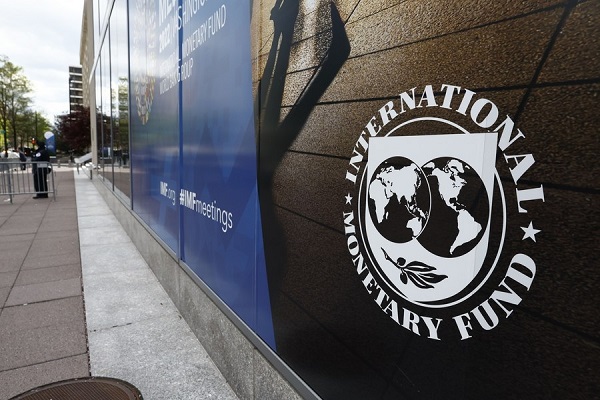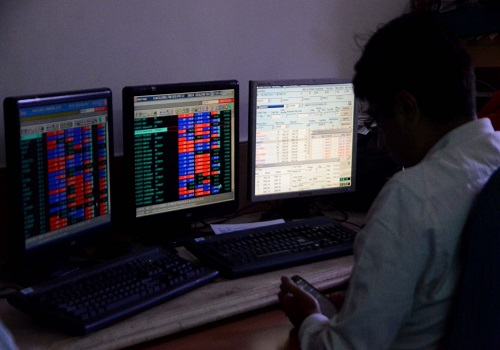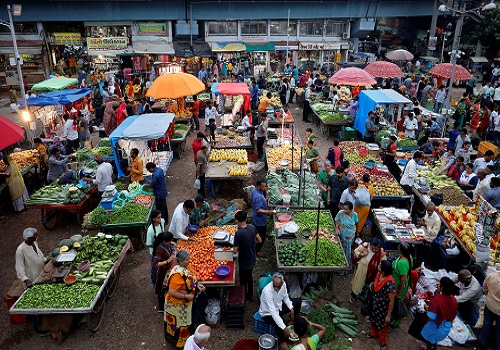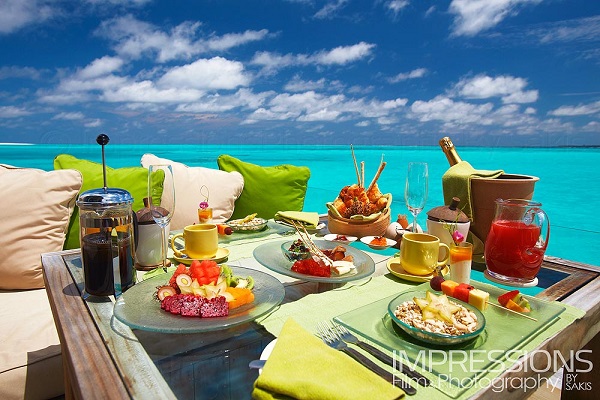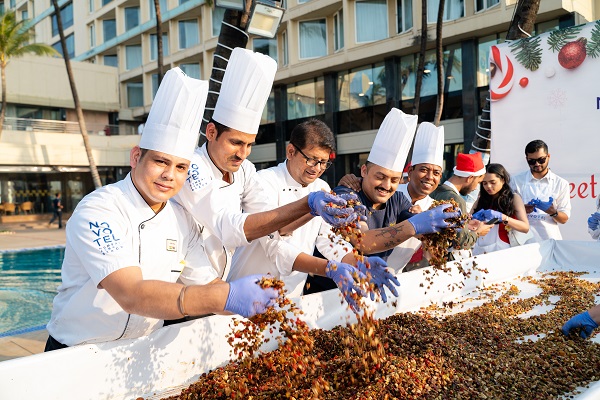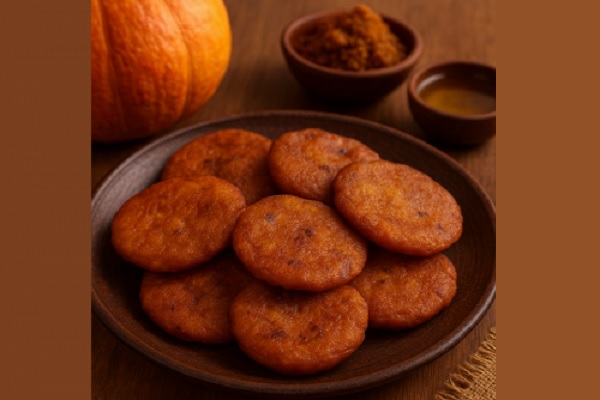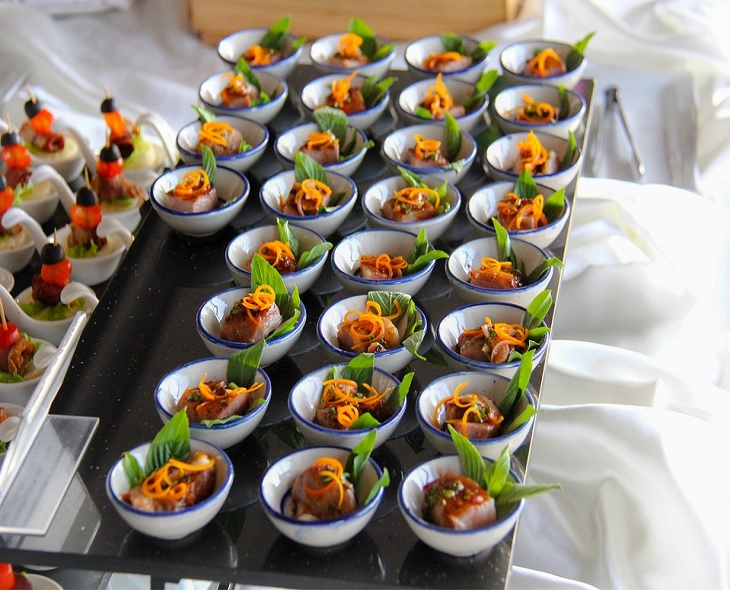Food and Beverage Tourism: Savoring the World One Bite at a Time

What is Food and Beverage Tourism?
Food and Beverage Tourism revolves around discovering and tasting the unique food and drinks that a region or country has to offer. From street food stalls and local markets to gourmet restaurants and wineries, culinary experiences allow travelers to connect with the culture and history of a place through its flavors.
Why Food and Beverage Tourism is Popular
Cultural Insight: Food is a gateway to understanding traditions, history, and the lifestyle of people.
Unique Experiences: Sampling local dishes or participating in cooking classes offers memorable, hands-on adventures.
Social Connection: Food brings people together, making it easier for travelers to interact with locals.
Supporting Local Economy: Eating local supports farmers, producers, and small businesses.
Exploring Diversity: Every region has distinct tastes and specialties that reflect geography, climate, and heritage.
Popular Food and Beverage Tourism Activities
Food Tours: Guided visits to markets, eateries, and street vendors.
Cooking Classes: Learning to prepare traditional dishes.
Wine and Beer Tasting: Exploring vineyards, breweries, and distilleries.
Festivals: Attending food festivals and fairs celebrating local produce.
Farm Visits: Discovering farm-to-table processes and sustainable farming.
Famous Culinary Destinations
Italy: Renowned for pizza, pasta, gelato, and wine.
Japan: Sushi, ramen, sake, and tea ceremonies.
Mexico: Tacos, mole, tequila, and vibrant street food.
France: Gourmet cuisine, cheese, wine, and patisseries.
Thailand: Spicy street food, tropical fruits, and traditional cooking styles.
Tips for Food and Beverage Tourists
Be adventurous—try dishes outside your comfort zone.
Respect local dining customs and etiquette.
Stay hydrated and pace yourself, especially at festivals or tastings.
Ask locals for hidden gems and recommendations.
Consider dietary restrictions and allergies, but don’t be afraid to explore.
